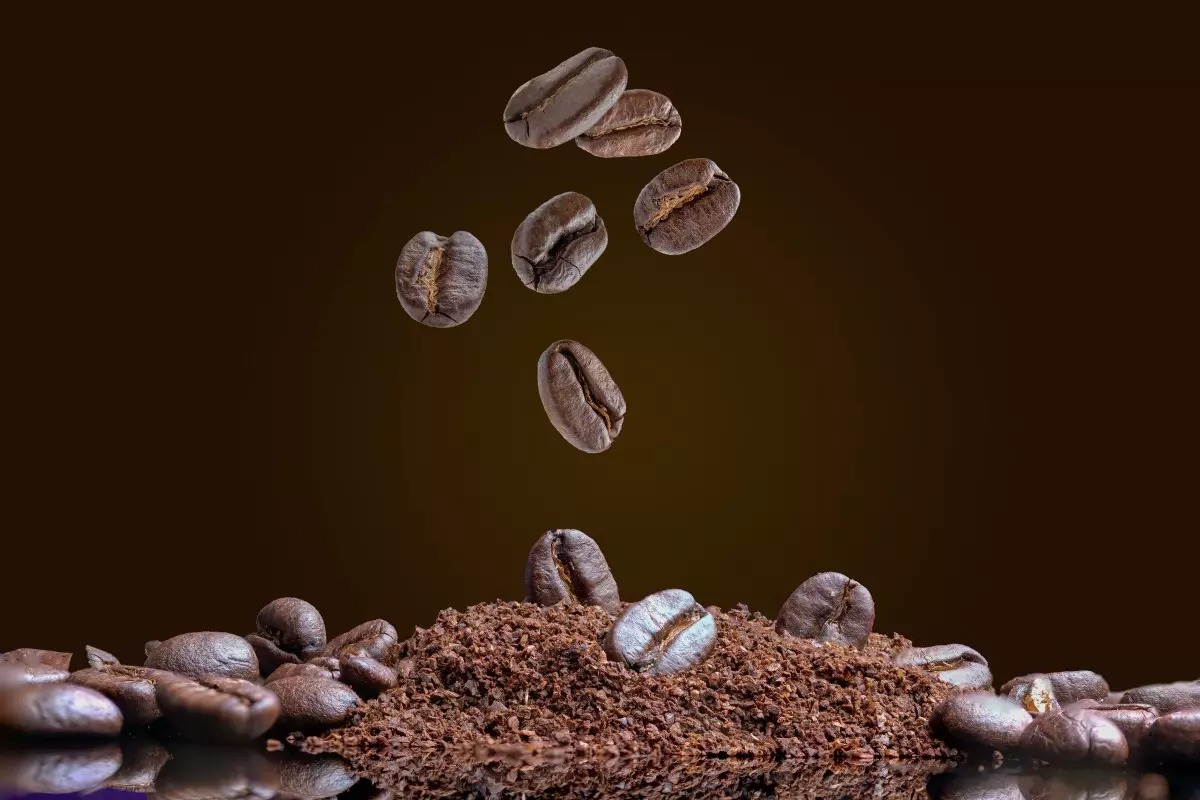
The price of Arabica coffee takes to a new record in the 11th consecutive session, this time sometimes increased to 4.11 USD/lb. At present, Arabica coffee has increased by 25% from the beginning of the year until now after 70% last year.
Robusta coffee changes little at 5,646 USD/ton. The price has reached 5,840 USD last week, the highest since this contract began trading in 2008.
The challenges related to the weather in Brazil, the world’s largest coffee producing country, have seriously affected global supply. Unexpected frost and prolonged drought have significantly reduced crop productivity.
The difficulties in Vietnam’s coffee production have worsened the shortage of supply while geopolitical tensions, especially related to Colombia, created new instability.
The challenge of supply to coincide with the time of global demand is very strong, creating a significant imbalance in the market. The situation is particularly serious with high -class Arabica coffee, favored by large coffee chains.
Production costs increased, including shipping costs and labor has created an additional layer of price increase. These factors contribute to the global retail price increase. These challenges also expose the vulnerability of the global coffee supply chain.
Consumer prices have increased significantly in many large markets. The average cost for a cup of coffee at a restaurant in the UK has increased to £ 3.24. Large coffee chains are forced to adjust their valuation strategy. The particularly obvious impact occurred in the Hoa Hoa coffee, where manufacturers faced pressure from higher raw material costs.
Analysts believe that coffee prices can be stable in the coming months when the new harvest is put into the market. The more stable supply chain can lead to a decrease in 20-30% after February 2025. However, this still depends heavily on weather conditions in the main production areas.
